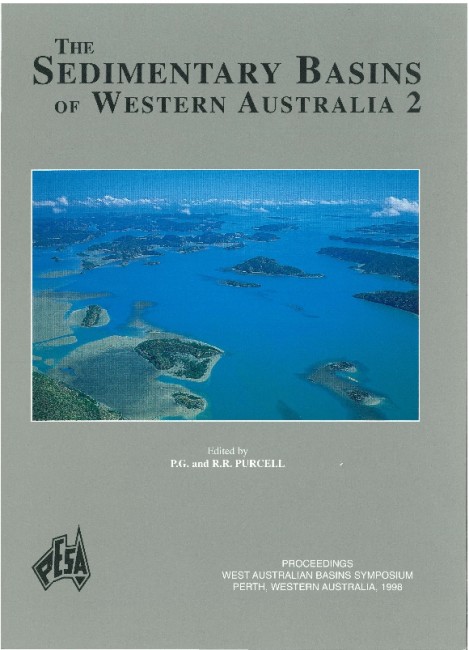Publication Name: The Sedimentary Basins of WA
Authors: Angelo Crostella
Publication Volume: 2
Date Published: December 1998
Number of Pages: 27
Reference Type: Book Section
Abstract:
Hydrocarbon exploration in the Lennard Shelf was prompted by the occurrence of Devonian reefs, outcropping spectacularly in the region. Following the discovery of accumulations within clastic reservoirs, Permo-Carboniferous rocks became the focus of drilling activities. Carbonates of the Blina Field, however, contain twice the total reserves in clastic reservoirs in all the other fields. A success ratio of onein- seven has been obtained with the discovery of six small oil fields.Fractures play an important role in both the migration and the accumulation of the hydrocarbons. Migration is interpreted to occur from more deeply buried mature source rocks of the Fitzroy Graben to the Lennard Shelf via transfer faults and into the Nullara Limestone which appears to have good reservoir potential when fractured. The development of structures in the carbonates is related to midCarboniferous tectonism characterised by strike-slip movements. Fractures, and therefore oil accumulations, are to be found in proximity to these
high-angle faults.
Although the discovered oil fields are small and their economic value hampered by the remoteness of the region, there is scope for further and possibly more attractive discoveries of both oil and gas. They, in turn, would result in the upgrading of the present petroleum infrastructure and, by consequence, increase the economic value of any investment.


